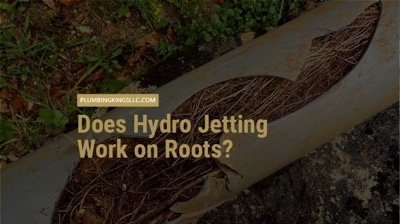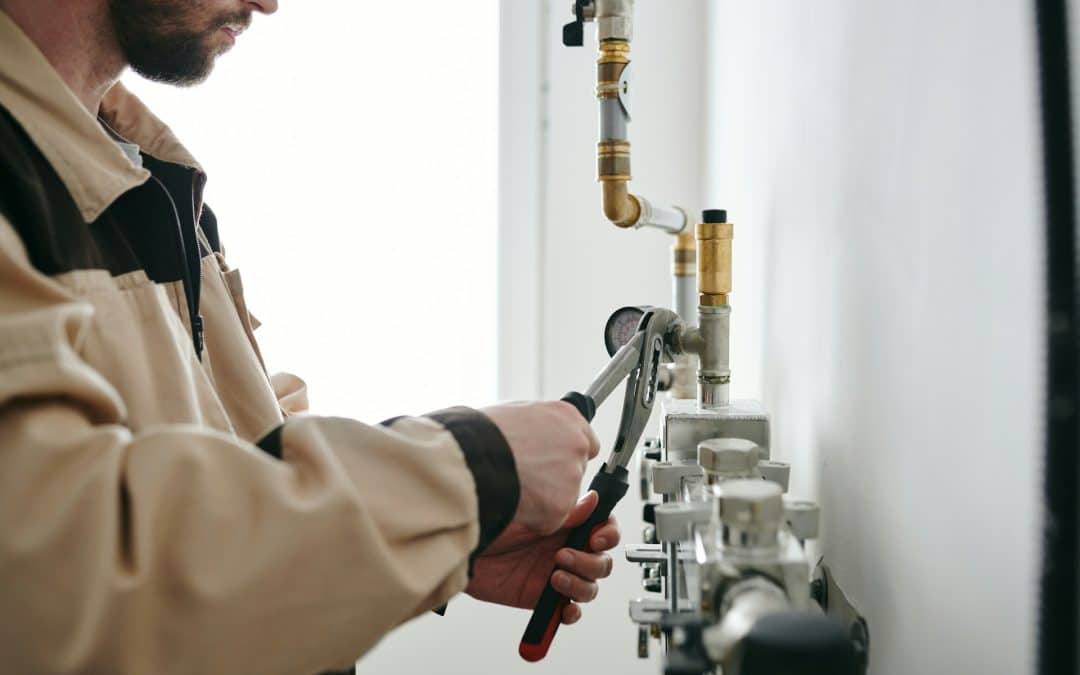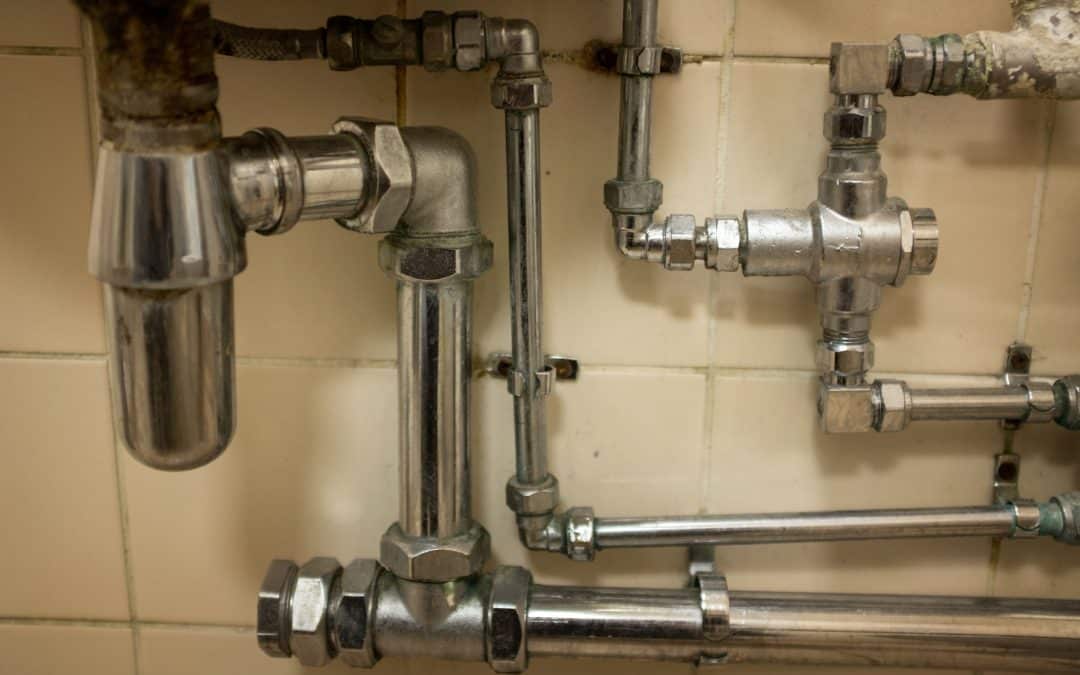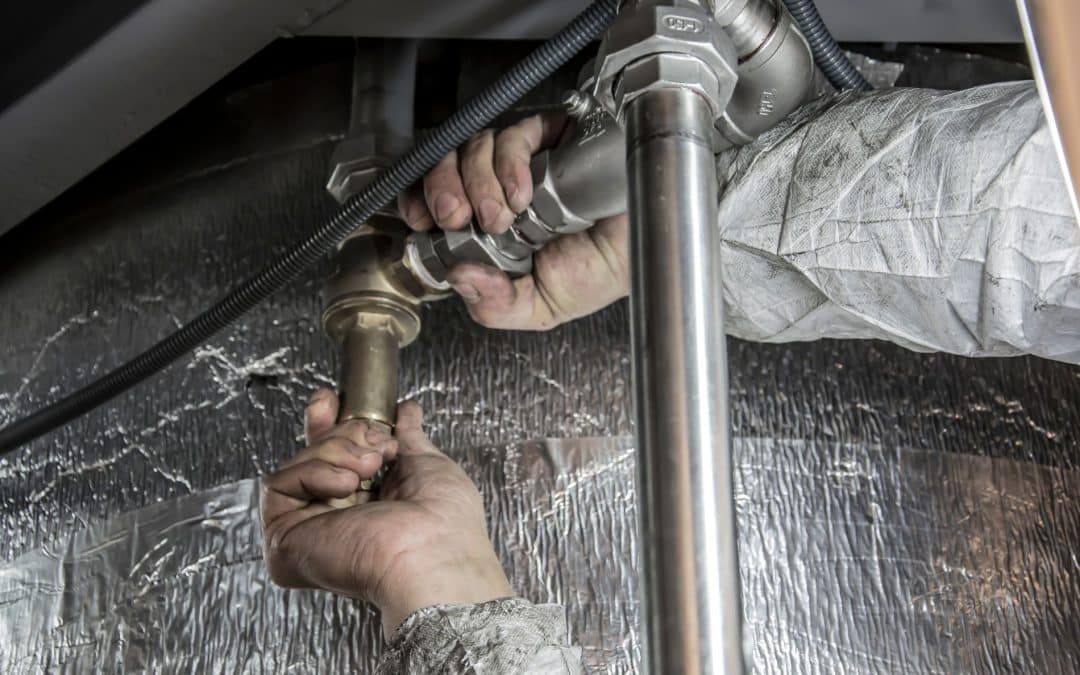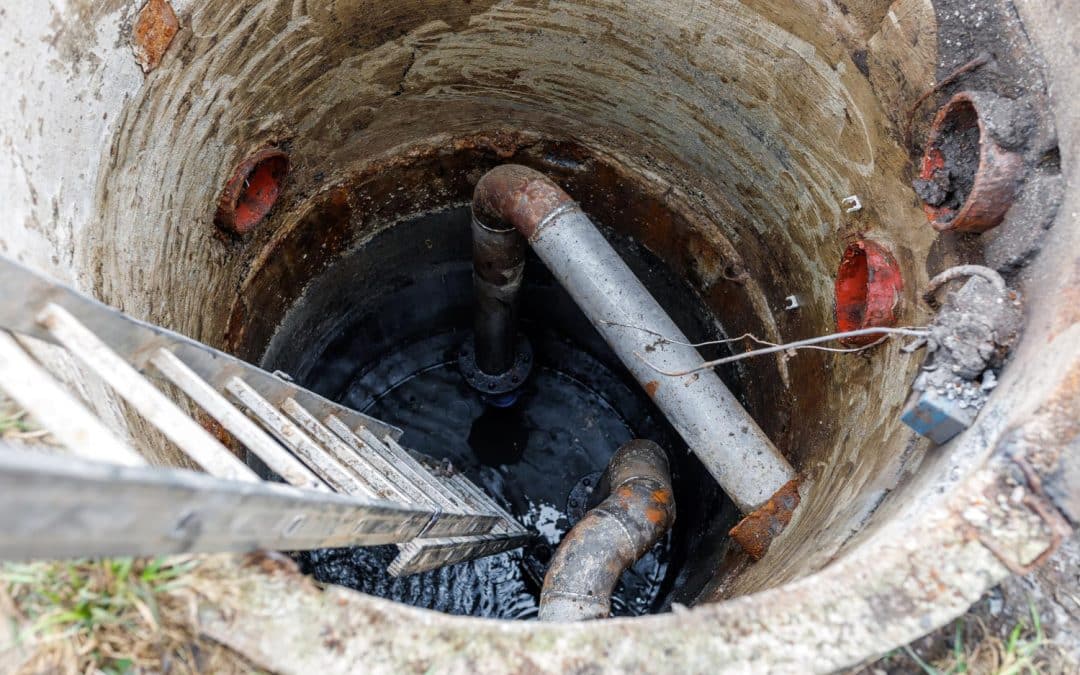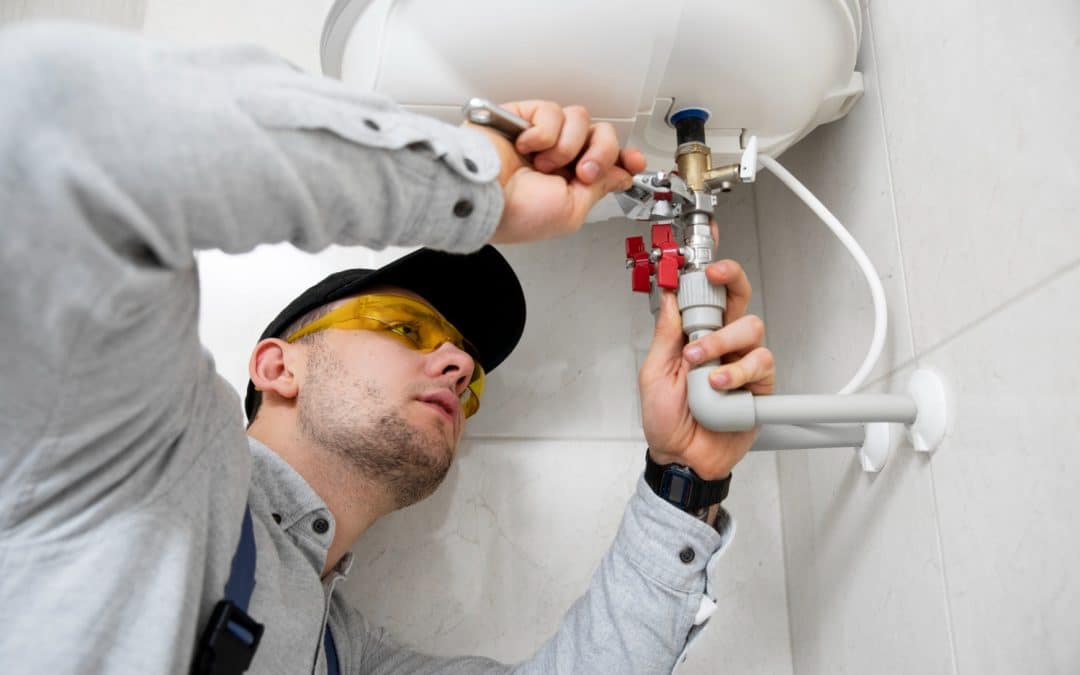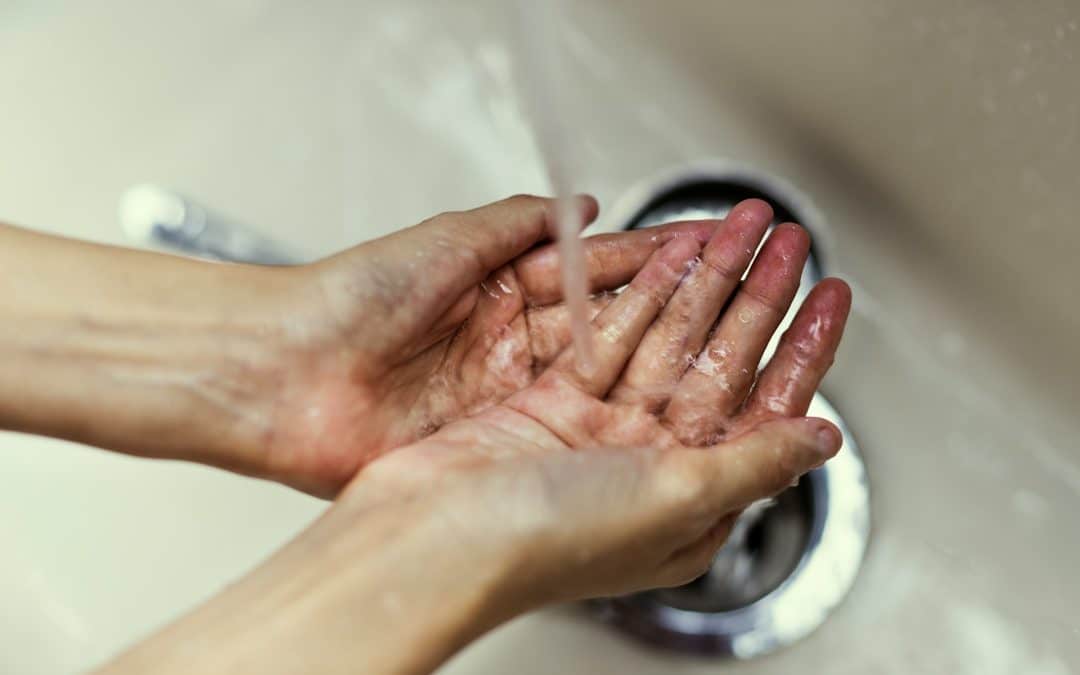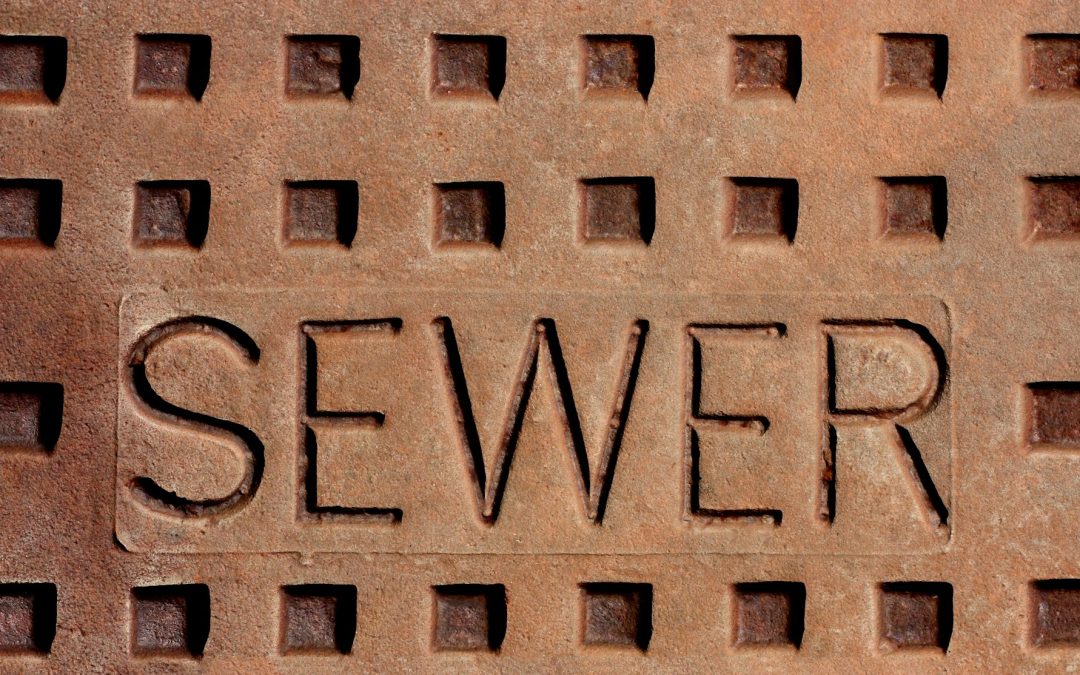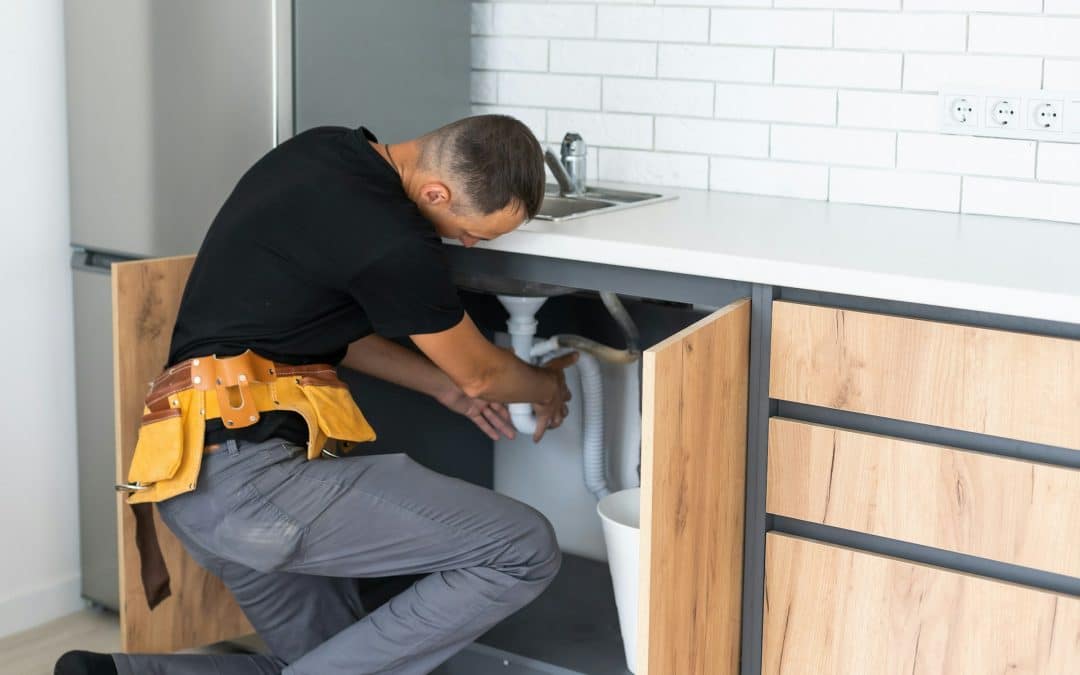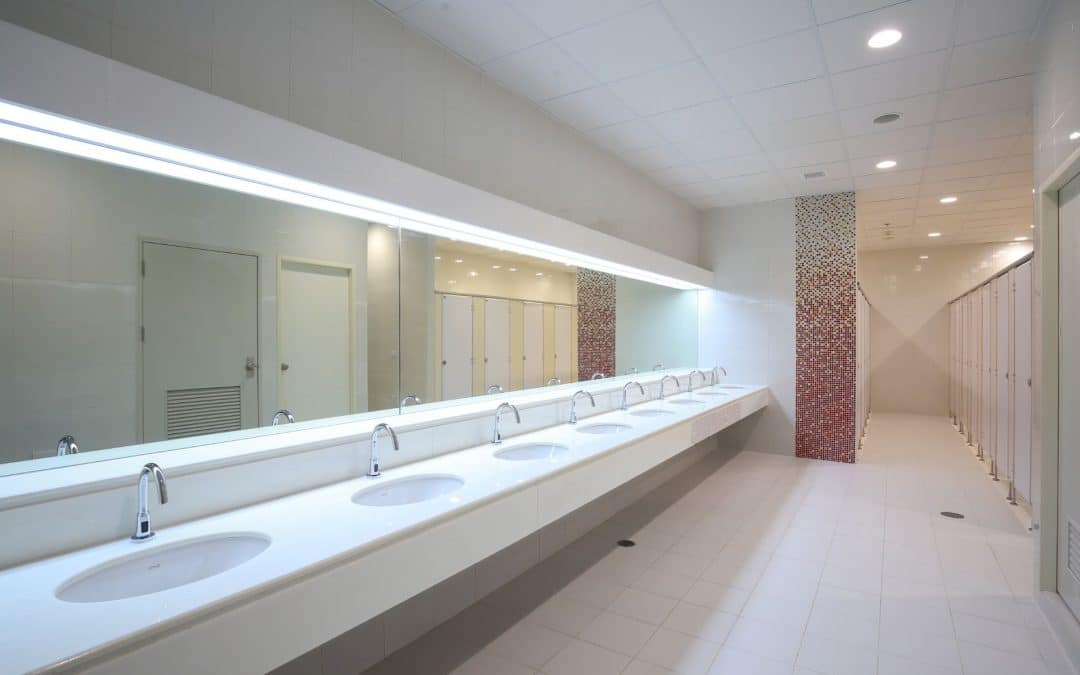Did you also know that the roots of your beautiful trees can also clog or damage your pipes? Your family’s life comes to a halt when your sewer line gets damaged. It can cost hundreds of dollars to have the lines cleared or replaced and thousands of dollars to have them dug up. Hydro jetting can effectively remove clogs, but can it also work on roots?
Are tree roots clogging your pipes? Contact Plumbing Kings today for hydro jetting services.
How Do I Know if There Are Roots in My Sewer Line?
It often takes many years of roots growing in your sewer line before the signs appear. Below are the four common symptoms of tree roots in your sewer line:
- Odors around the outside of the house: If you come across an area outside your home that smells like rotten eggs, that can mean you have a clogged sewer line.
- Gurgling toilets: Gurgling toilets are signs that the water is not flowing as it should.
- Sinkholes in the backyard: The most visible signs that your tree’s roots are clogging and damaging your sewer line are sinkholes in your yard.
- Unusual tree growth and health: Is there one tree that is greener or has grown much faster than the others have? It can be that the roots from that tree have found their way into the rich water supply of your sewer line.
Can Tree Roots Break Water Pipes?
Generally, tree roots grow twice the length of the tree. They can grow up to seven times the height of the tree. You may have a pipe that seems far enough away, but in reality, the roots can easily grow in and around the pipe.
Tree roots contain thick, hardy “anchor” roots that grow two meters under the surface. There are also thin, delicate, fibrous, “feeder” roots that spread out from the hardy anchor roots. These smaller roots search for water, oxygen, and nutrients. These small “feeder” roots stay near the surface of the soil. With the water found in pipes, these roots can make their way into the seams of pipes.
Tree root sewer line pipe damage begins when the “feeder” roots grow into the pipes through seams. Over time, the roots will thicken and multiply inside the pipes. The “feeder” roots around the outside of the pipes can grow into robust “anchor” roots. Both the large and small roots of trees can damage sewer lines. The large, thick, “anchor” roots can wrap around pipes, damaging or crushing them. The small tree “feeder” roots can clog the inside of the pipes.
Pipes most susceptible to tree root blockage and damage include those that are:
- Old
- Made from thin materials such as corrugated metal and PVC
- Improperly put together and installed
Failing to remove tree roots from a pipe can cost much more than tackling the problem early.
How Fast Do Tree Roots Grow in Sewer Pipes?
It takes years of tree roots growing in sewer pipes for any pipe damage to occur. It often takes even longer for any problematic signs to be noticeable. Because of this, it’s recommended that you contact your local plumber as soon as possible.
Will a Sewer Jetter Cut Roots?
Hydro jetting a sewer line involves using highly pressurized water to break apart and cut the tree roots so they can then be flushed out of the pipes. Many hydro jets have around 4,000 per square inch (psi). Hydro jets are recommended for severe sewer line tree root blockage.
Before your pipe is hydro jetted, a plumbing professional will first insert a camera into the pipe to locate the specific location and density of the tree roots.
While hydro jetting is effective in clearing more tree roots from pipes, there are some circumstances where hydro jetting isn’t effective. Sometimes the roots are too thick or solid. For these types of roots, a snake will be inserted into the pipe to tear up the roots. Once the roots are broken up, the pipe will be hydro jetted to finish the job.
Can Hydro Jetting Damage Pipes?
With its immense pressure, hydro jetting can damage pipes. The pipes that are most susceptible to hydro jetting damage are pipes that are:
- Old
- Have poor seals
- Made of thin metal or PVC plastic
The use of hydro jets is best used on pipes that are:
- Newer
- Well-constructed with tight seals
- Made of thick and sturdy metal or ceramic
- Have insides that are coated with an epoxy protective solution
Do I Need to Replace My Pipes if They Have Tree Roots?
When tree roots invade your sewer pipes, you may think they need to be replaced.
The good news is that the replacement of your pipes may not be necessary. Typically, pipe replacement is a last resort, such as when the pipe damage is beyond repair.
Here are some alternative tree-clogged pipe repair options:
- Rooter and drain cleaning: For minor pipe clogs, the use of a snake and/or drain-clearing solutions is enough. Of the various tree root de-clogging solutions, a rooter and drain cleaning solution only offer temporary pipe clog fixes.
- Hydro jetting: With hydro jetting, the inside of the pipe is scoured with highly-pressurized water. The pressure of the water breaks apart the tree roots in the sewer line.
- Pipelining: This method involves the current pipe being lined with high-grade epoxy. This epoxy lining is seamless which eliminates the vulnerable parts of the pipe where tree roots often enter.
- Pipe bursting: With pipe bursting, a snake with a specialized head is pulled through the current pipe while it simultaneously breaks apart the current pipe and transforms it into a pipe without seams.
Once smaller roots enter the pipe seam, the root can expand inside of and around the pipe, causing blockages. There are many solutions such as hydro jetting and pipe lining available to get the tree roots from inside your sewer line. Only in the worst-case scenario is pipe replacement necessary. When in doubt, it’s a good idea to call your local plumber.

